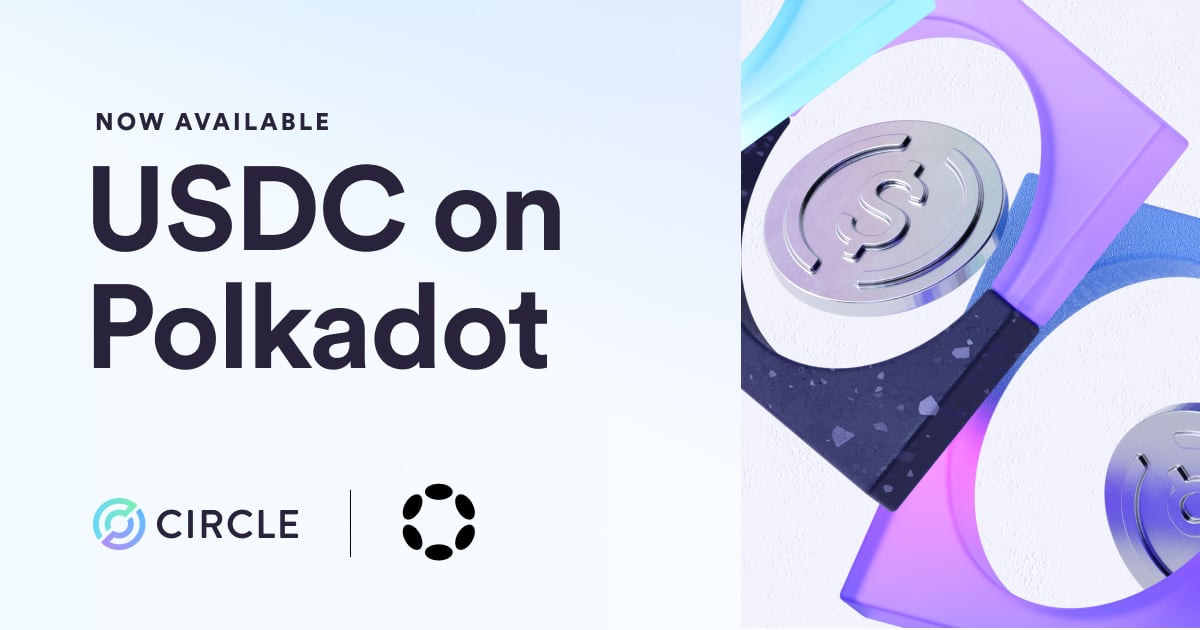Watching the real-time meltdown of the algorithmic stablecoin TerraUSD (UST), which unraveled in the span of days, is a teachable lesson in how not all stablecoins are created equal. It also deeply reinforces and lends urgency to the policy work underway in major jurisdictions around the world to level the operating, risk management and prudential grounds on which stablecoins - and those instruments masquerading as stable, but are otherwise backed by a blend of volatile assets, personal promissory statements and unilateral intervention methods, whether in code or governance - are regulated.
Complex Systems Fail in Complex Ways
In this case, many of the fears highlighted by the President’s Working Group on Financial Markets (PWG), which issued a report on stablecoins urging Congressional action, have manifested themselves. Reinforcing the message that complex systems fail in complex ways, what an algorithmic stablecoin like UST promised to achieve defies not only how markets work, but also ended up having more in common with a “digital derivative” or a security than a price stable, dollar-referenced asset designed as a medium of exchange. If you want to reference the dollar and create price parity fighting buyer’s and spender’s remorse, you actually need to hold high quality liquid assets (HQLAs in banking parlance) that are dollar denominated and inside the regulated banking system. This is step one in avoiding the risk of “breaking the buck” and the death spiral that occurred in real time, observable by anyone armed with a browser and a little bit of patience for pages and charts to refresh.
Wide Entrance, Narrow Exit
The second risk is trust. It is more complex, but ultimately has to do with fundamental societal and market trust in money, whether public or privately issued, analog or digital. Trust is the sum of the parts and not the sum of promissory statements and complex arrangements that only amplify risk, opacity and correlations, rather than abating them. Indeed, the incentives used to induce users to get the flywheel turning - e.g. 20% rates of return - have more in common with securities-like financial products, than payments or electronic money innovations that are subject to fiduciary, regulatory, prudential and compliance obligations. Most of which already exist under state money transmission rules in the U.S. and their equivalent e-money frameworks around the world.
Like many crypto products or device-centric financial services, there is often a wide entrance for users and a narrow exit. These narrow exits create a veritable “crush” during periods of duress, liquidity collapses or loss of confidence. This is no longer an abstraction. Although there have been other examples of stable-in-name-only tokens de-pegging or breaking the buck, the self-immolation of an algorithmic stablecoin of these proportions warrants real rectitude in crypto markets and gives credence to regulatory and consumer protection concerns.
These risks are not unique to certain algorithmic stablecoins alone. They may also may be present in larger asset-referenced stablecoins (what the Europeans are labeling as Systemic Asset Referenced Tokens, or SARTs in the Markets in Crypto-Assets Framework), where collateral and the composition of reserves is too opaque to inspire confidence or too correlated with illiquid assets with questionable credit quality to endure periods of stress. Whereas the impact of an algorithmic stablecoin flaming out might be narrowly circumscribed to crypto capital markets, the impact of larger SARTs suffering a loss of confidence or redemption pressure, could pose systemic risk in the wider economy. The specter of this type of cross-asset correlation is no longer an abstract risk in the minds of cautious regulators. Crypto contagion and flight to safety and quality is as real in the digital assets market as it is in the global economy.
Hurry Up and Wait Is not a Regulatory Strategy
Many stablecoin issuers ignored the pre-existence of electronic money or money transmission rules to their peril. These rules, under which the issuance of USDC is governed, have a number of clear guidelines designed to prevent loss of confidence. These include prudential standards, fiduciary requirements designed to hold funds in a segregated risk-managed manner, financial crime compliance, among others. If the Jerry McGuire show me the money question is the very first pillar of trust in the economic soundness of a stablecoin, being subjected to national examinations at the state level (basic license to operate), alongside a series of market disclosure and attestation standards, sets a minimum bar for a class of stablecoins that pay homage to their names.
Algorithmic stablecoins with complex collateralization structures and technological stabilization mechanisms may be important financial technology experiments, but their placement (for the lack of a better namesake) next to instruments designed to fundamentally upgrade trusted banking and payments infrastructure was clearly a regulatory oversight.


